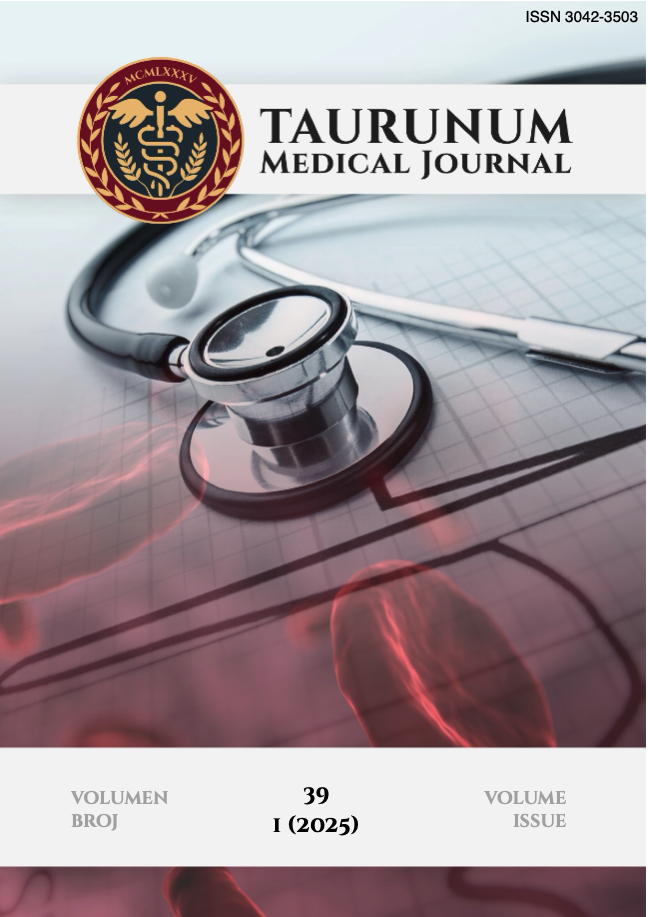Current issue

Volume 39, Issue 1, 2025
Online ISSN: 3042-3511
ISSN: 3042-3503
Volume 39 , Issue 1, (2025)
Published: 31.03.2025.
Open Access
Welcome to Issue 39, No. 1 – the first of our two annual publications for this year. Inside, you'll find a curated selection of articles. Start your year with the essential knowledge and perspectives offered in this timely edition
All issues
Contents
01.04.2018.
Abstracts
Differential diagnosis of benign spindle cell pancreatic lesions: report of two cases
Introduction: Pancreatic lesions, made of spindle cells, are a heterogeneous group of lesions, ranging from reactive, inflammatory changes to tumors. Differentiation of an individual lesion is difficult and requires the use of additional analytical methods (histochemical, immunohistochemical and molecular), and a comparison of morphological characteristics with other characteristics of the changes (radiologic and laboratory characteristics). We will present two cases of benign spindle cell lesions of the pancreas, with reference to the differential diagnosis. Material and Metods: The first patient was a female, aged 51 years, with a change localized in the pancreatic head, diameter of 9.5 cm. The second patient was a male, aged 35 years, with a change in the pancreatic tail, with maximum diameter of 5.5 cm. Results: In a female patient, the lesion was an inflammatory myofibroblastic pancreatic tumor, built of fascicles of mostly spindle cells (fibroblasts/myofibroblasts). The cells had uniform, elongated, spindle nuclei and eosinophilic cytoplasm. They were arranged in short fascicles that occasionally made storiformn formations. Mitotic activity of spindle cells was low (0 - 2 mitosis/ HPF 10, FD 0.65). In the stroma, there was a mixed inflammatory infiltrate, consisting of lymphocytes, plasma cells, histiocytes, eosinophils and neutrophils. In between, there were fascicles of collagen, together with the parts of the pancreas (excretory ducts, lobules, acini, and parts of the endocrine pancreas) (Figure 1). Immunohistochemically, spindle cells showed a diffuse immunohistochemical positivity to: Vimentin, SMA and Desmin. Negative immunohistochemical reaction was showed to S-100, p53, CDX2 and ALK-1.
Radoslav Gajanin



